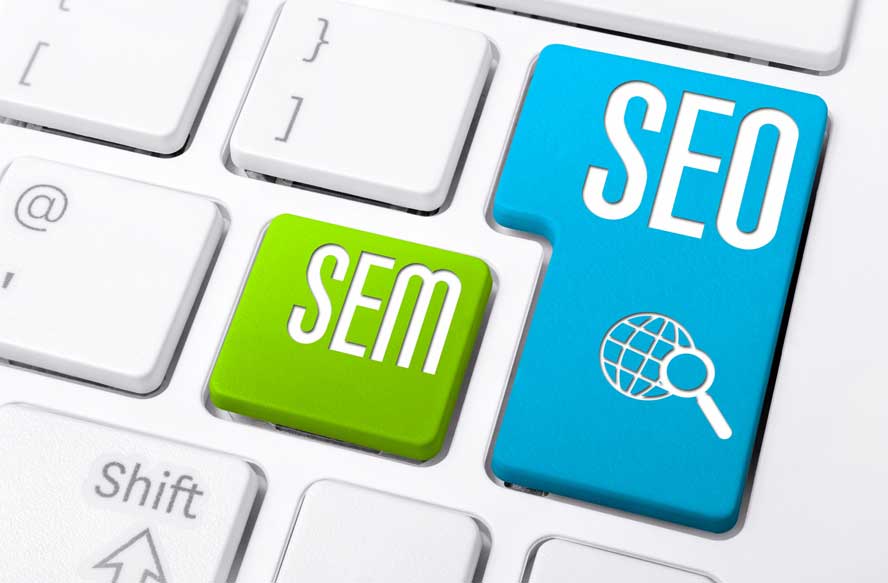Search Engine Optimization (SEO) is fast becoming a US$80 billion dollar industry.
Search ad revenue – the major component of Search Engine Marketing (SEM) – may only be around half that amount, but $40 billion is nothing to sneeze at.
Yet despite how monumentally massive these industries are, there is still a lot of confusion around what these terms mean.
Let’s take a brief look at SEO and SEM, their differences and the definitions of each.
What is Search Engine Optimization?
SEO is a method of optimizing a webpage so that it will attract more organic traffic. By organic traffic, I’m referring to users who find a website through a search engine.
Technically, SEO caters to all search engines, including Duckduck Go, Yahoo, and Bing. In reality, however, virtually all SEO focuses on the kingpin: Google.
Google is notorious for changing their algorithms in a tireless attempt to make the searching experience as effective as possible for the end user. As a result, SEO techniques are evolving rapidly.
Two things remain constant, however: The concepts of on-page and off-page optimization.
What is On-page Optimization?
As the name suggests, on page optimization is undertaken within the website itself. Essentially, these are tricks of the trade that SEO savvy content writers and web designs use to improve the Search Engine Results Pages (SERP) ranking of their article.
- Using targeted keywords in the title and headings of their article.
- Peppering secondary keywords throughout the article in a natural way.
- Achieving the highest possible page load time.
- Including photos which have been SEO optimized by way of file size, file name, and alt tags.
- User-friendly formatting with ample white space.
- Social media sharing plugins.
- Quality content that provides real value for the reader.
What is Off-page Optimization?
Off-page refers to techniques undertaken outside the website. Behind the scenes, if you will.
- Link building by obtaining inbound links (backlinks) from other reputable websites.
- Driving traffic through social media, A.K.A social signals.
What is Search Engine Marketing?
SEM is when a marketer pays a search engine (almost always Google Ad Words) to promote their product to a wider audience.
You’ve probably noticed results at the top of Google marked “[Ad].” These are an example of a pay-per-click (PPC) or cost-per-click (CPC) advertisement, which is a critical component of SEM.
SEM once referred to both SEO and PPC advertisements, although these days there is a clear distinction between the two.
Other aspects of SEM include:
- Targeted advertising campaigns.
- Advertisement groups with a focus on keyword variations.
- Writing keyword rich ad copy.
- Monitoring marketing metrics such as click-through rates and average costs per click.
SEO vs. SEM: Which is Better?
Each excels at different things.
SEO is more of a long game. The practice may not see instant results, but if done correctly, it can result in a considerable amount of organic traffic over time.
SEM, on the other hand, is capable of earning a website fast exposure which is great for short term campaigns or new companies looking to start trading with a bang.
Big online businesses incorporate both, as the two complement each other nicely.
SEO and SEM: Do I Need Them?
SEO is an essential practice for anyone looking to make money through a website. After all, if you can’t hit the front page of Google, then do you really exist?
SEM is a little more variable. If done right, it can drive massive short-term traffic to your business, but for a price.
Who Can Help Me Create an SEO/SEM Marketing Strategy?
Reno Web Design are experts at both SEO and SEM marketing. Get in touch with them today to discuss an affordable and effective online marketing plan for your business.





